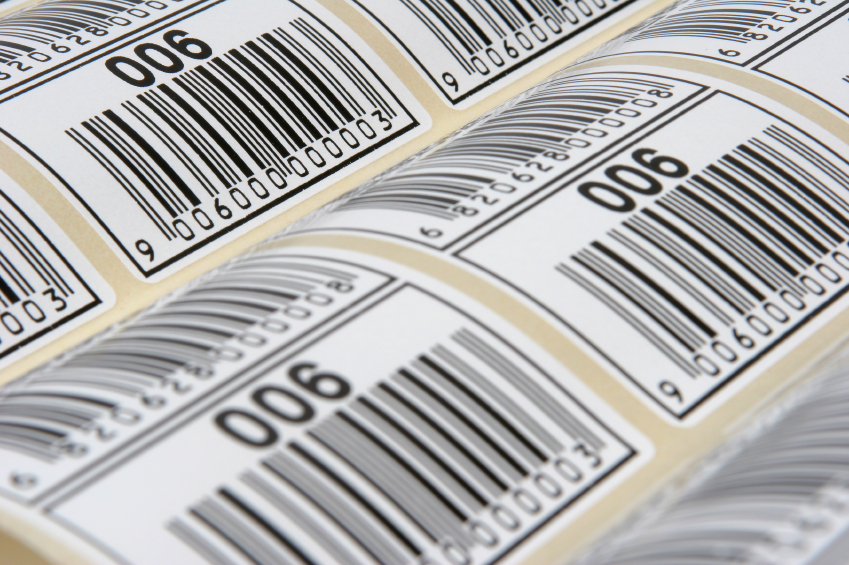The Food and Drug Administration (FDA or the Agency), the US regulating authority in the sphere of healthcare products, has published a detailed guidance document dedicated to labeling requirements for various types of medical devices, including in vitro diagnostic ones. The present article addresses the aspects related to the Good Manufacturing Practice (GMP) labeling requirements.

Table of Contents
Regulatory Background
As stated by the FDA, medical device manufacturers must incorporate in their quality assurance (QA) program several elements that relate to labeling in order to meet the requirements of the GMP regulation. In particular, it is necessary to ensure consistency of labeling.
According to the guidance, the scope of labeling covers the following elements:
- Equipment labels,
- Control labels,
- Package labels,
- Directions for use,
- Maintenance manuals, and
- Electronic message panel, provided that the information provided in such a way contains instructions for use or warnings.
The FDA further describes how GMP regulations should be applied with regard to labeling. In particular, GMP regulations cover various aspects related to packaging materials (their approval or rejection), design of the device (which should be suitable to place labeling containing necessary information), design of labeling itself (in order to ensure the labeling remains clearly visible during the whole expected life cycle of the device). At the same time, it is important to mention that GMP requirements do not prescribe the content of the labeling, apart from stating that it should comply with the applicable specifications, but provide general labeling requirements instead. The aforementioned specifications should be included in the device master record and describe the information the labeling should provide and also the general characteristics of labeling. According to the guidance, labeling specifications include engineering drawing and/or artwork for each label, appropriate inspection or control procedures, and appropriate procedures for attaching the labels. It is prescribed that for all of these elements, the information provided should include the respective date of approval and the name of a responsible person. Cross-references can be used in order to simplify operations with elements that are used in several places – in such cases, the appropriate identification code or title should be used.
As mentioned, information considered as labeling can be displayed. In such a case, the manufacturer shall ensure the information provided meets specifications provided in the device master record, is displayed in a correct way, and also complies with the information provided in the instructions for use accompanying the device in paper form.
The authority additionally emphasizes that GMP regulations provide certain flexibility with regard to the QA program. Hence, the required compliance with the requirements set forth by GMP regulations would depend on the particular medical device in question and its functions. Such an approach is intended to reduce the unneeded regulatory burden for medical device manufacturers.
General Device Labeling Requirements
The guidance further describes in detail the requirements medical device labeling should meet in order to comply with the applicable regulations.
- Label Integrity. As mentioned, the labels placed on the device should be designed in a way ensuring they will remain clearly visible for the whole period of time the device is used, stored, or transported, provided the appropriate instructions of the medical device manufacturer are followed. Apart from the labels placed in the device itself, GMP regulations address the aspects related to other materials considered as labeling as well. For instance, it is stated that any and all printed materials accompanying the device (e.g., instructions for use, leaflets, package inserts) should be printed with ink that remains visible in normal use conditions. The labels should be mounted on the panels of the device or printed there. In this regard, the manufacturer shall consider how the device will be used in order to ensure the label is placed in a correct way.
- Receipt and Inspection. According to the guidance, any and all packaging and labeling materials, including preprinted containers, inserts, and preprinted packaging materials must be examined and, if deemed necessary by the company, tested to assure conformance with specifications. The FDA also mentions that samples of labeling should be subject to proofreading in order to ensure the information provided therein is relevant and accurate.
- Area separation and inspection. The authority additionally emphasizes the importance of separation for processes related to labeling of different medical devices in terms of either time or location in order to avoid mistakes where the wrong label will be placed. At the same time, separation requirements could be waived if such mistakes are impossible by default due to significant differences (e.g., size) in labels used. If the labels used for different medical devices are confusingly similar to the extent that could result in a mistake (the authority refers to the term “mixup”), the medical device manufacturer shall duly implement all the measures reasonably necessary to prevent this. For instance, if labeling operations for different medical devices are separated in time, each time switching to another medical device, the responsible person shall ensure labeling materials used for the previous medical device are removed to avoid confusion. If the materials that remain unused have serial numbers or manufacturing dates indicated, such materials should be destroyed.
- Storage. According to the guidance, special measures necessary to prevent mixup should be taken not only in the course of the manufacturing process but when storing all the materials used. If the labels for different medical devices are confusingly similar, they should be separated enough to prevent accidental use for the wrong device. In this regard, the authority refers to the concept of “storage control.” If there is only one type of medical device manufactured in a particular facility, strict storage control requirements could be waived. Each medical device manufacturer shall evaluate the risk of mixup and implement measures to prevent it.
- Label Check and Record. Once placed on the device, the label should be checked by the responsible person, and the appropriate record should be made. The scope of such examination should cover the relevance of the label in general, compliance of its content with the specifications, and also expiration dates indicated (if applicable).
- Change. According to the guidance, any and all changes made to the labeling should be subject to change control requirements due to the importance of labeling and the impact it could have on the safety and effectiveness of a medical device. Hence, all such changes should be subject to prior review and approval.
- Relabeling and Over-labeling. The authority encourages medical device manufacturers to avoid placing new labels over existing ones unless the new label complies with any and all applicable requirements.
In summary, the present FDA guidance describes how GMP requirements should be applied in the context of labeling for medical devices. The document addresses the main aspects to be considered by medical device manufacturers with regard to labeling processes employed, as well as additional measures to be implemented in order to ensure compliance with the applicable regulatory requirements.
Sources:
How Can RegDesk Help?
RegDesk is a next-generation web-based software for medical device and IVD companies. Our cutting-edge platform uses machine learning to provide regulatory intelligence, application preparation, submission, and approvals management globally. Our clients also have access to our network of over 4000 compliance experts worldwide to obtain verification on critical questions. Applications that normally take 6 months to prepare can now be prepared within 6 days using RegDesk Dash(TM). Global expansion has never been this simple.


